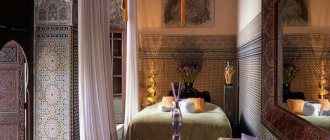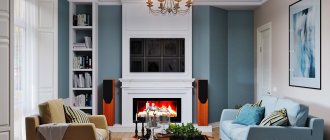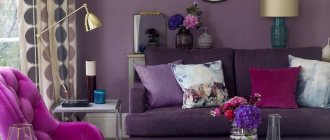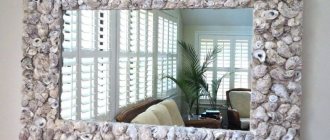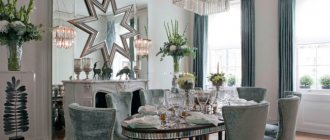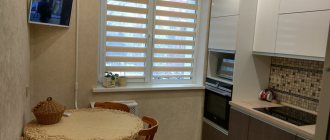Oriental style in the interior is a harmonious combination of the characteristics of a certain culture and bold design solutions. A luxurious interior with rich details and unique elements has a number of characteristic features, the use of which allows you to determine the stylistic direction.
Oriental style in interior design Source folksland.net
Oriental style can be divided into Arabic and Asian, each of them carries particles of culture and history. The difficulty is that even with minimal cash costs, the room should look luxurious. Since ancient times, residents of eastern countries have tried to impress friends and enemies.
Oriental style in the interior characteristic features
This style includes a combination of several cultures of Arab and Asian regions: Japan, India, China, Morocco, Iran, Turkey, emphasizing the specifics of different countries.
Attention, advice! The main thesis of Eastern culture is the creation of a calm, cozy environment at home to create an atmosphere of rest, comfort and relaxation.
Among the main features of this direction it is worth noting:
- There are no straight surfaces or lines.
- Brightness and contrast in the finishing of surfaces and decorative elements.
- High vaulted ceilings.
- The presence of drapery, textiles, and upholstery fabric in the interior.
- Availability of good lighting.
- The presence of such decorative elements as embossing, mosaics, ceramics.
Idea! Asian design is a combination of a minimal amount of furniture and decor with good lighting. Add bright colors like orange, red, yellow to your interior and you can't go wrong.
A little history
The East is exotic, distant, unknown. A precise definition of Orient is difficult to formulate. The term refers to Asian countries:
⇒ India, ⇒ China, ⇒ Japan, ⇒ Thailand, ⇒ Vietnam, ⇒ Korea.
Some include countries:
- North Africa (Morocco, Tunisia),
- Near East.
Oriental style includes a wide range of cultures, trends - from the full color, shine of India to the restrained, refined Japan. The East appears in numerous variations, often contrasting, reconciling different orders. How to transfer Eastern aesthetics to Western soil?
The fashion for oriental interior motifs appeared in Europe in the first half of the 19th century. Europeans began to explore Asia and distant, previously unknown cultures. Exotic motifs became extremely popular; Japanese and Chinese fashion salons were decorated. The East came into fashion again in the 80s of the 20th century. Interior styles were recreated:
- Indian,
- Indonesian,
- Iranian,
- Moroccan.
But, despite the efforts of the decorators, these arrangements looked unnatural in European realities.
Mandala on the wall is a classic pattern popular in India and includes many variations. Today, the mandala is a common motif on wallpaper and wall paintings.
Basic directions of oriental style
The concept of “Asian style” itself includes five areas:
- Bright colors;
- Smooth outlines;
- Luxury in all decorations;
- Dome-shaped;
- Not a hint of the depiction of living beings.
Natural materials such as metal, stone, wood, and textiles are mainly used. First, paint is applied to the plastered surface, and then painting. The motives for painting are inscriptions, landscapes, buildings, and ornaments. Often the interior contains mosaics, geometric shapes, and floral motifs.
Among the characteristic features of this style, it is worth noting the absence of sharp corners, the presence of laconic and simplified forms, attention is focused on the unity of nature and man.
If we consider countries separately, then, for example, China is characterized by the presence of wood products and the presence of multifunctional furniture. The interior contains many figurines, fans, products and decorations made of bamboo.
The Moorish interior contains columns, arches, and an abundance of textiles. Huge spatial rooms are subject to symmetry, and the rooms have many interior features.
The African direction places emphasis on the unity of nature with man, the return of man to his roots. In dimly lit rooms there are a lot of animal skins, leopard prints, and a mixture of different textures.
Read
